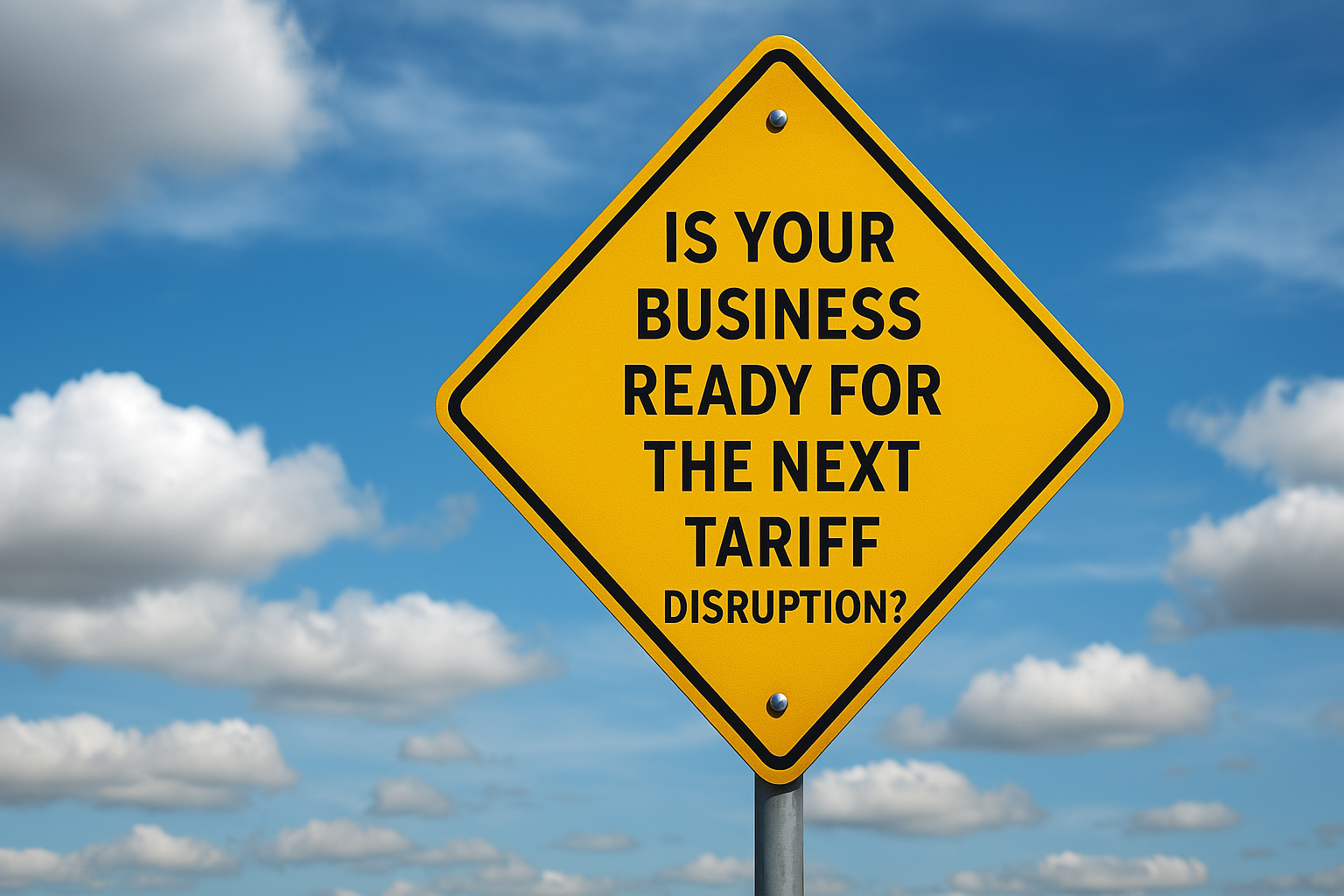6 Ways to Improve International Market Launches Through Pricing
 PriceBeam
·
3 minute read
PriceBeam
·
3 minute read

Barriers to entry and the difficulty of doing business abroad have reduced considerably over the last two decades, thanks to technologies such as the Internet. This means it is much easier to do business around the globe but also that brand and product communication is increasingly global. Customers or consumers in Germany can now see product features, prices and discounts offered in USA or Singapore, and may create bad publicity if they feel that what they pay for locally is not of the same value. International prices are also considerably more transparent than ever before. On the other hand, both willingness-to-pay and actual prices do differ considerably around the globe, be it of similar of even identical products. What an Indian or Brazilian customer is willing to pay for Product A may not be the same. Or, a German customer may value Feature B over Feature A whereas the Canadian or Danish customer really only cares about Feature B and maybe Feature C that is not even available in Germany.
So how do you plan and execute international market launches successfully, if there are such considerably differences in market's willingness-to-pay or actual price levels? Here is a collection of best practices and insights we have collected when running pricing projects around the globe.
1. Understand willingness-to-pay in each market: knowledge and insights into what customers are willing to pay, and what features they value is fundamental. Equipped with that knowledge, you can plan pricing as well as marketing communication. Without it, you risk simply applying a one-size-fits-all approach, at best foregoing opportunities to price higher (where WtP is high) or at worst losing sales because your price is considered too high (where WtP is lower). Successful businesses understand what their customers value and build more value along those lines.
2. Continuously monitor (net) prices across countries. Prices ARE different in most countries and in most industries, despite various harmonization attempts by international customers. This is by virtue of #1 above a good thing, as price differentiation at an international level is a reflection of differences in willingness-to-pay. But understanding how your prices move and develop across countries is still key in order to understand potential trading risks (goods flowing from low-priced countries to high-priced countries) as well as knowing the basis to implement price increases or indeed new product launches from. Most companies launch new products as an improvement to something existing. What is the price of that existing item?
3. Create an internal language for discussing prices across countries and markets: being able to discuss international pricing internally is a necessity when dealing with international prices and international launches. If the manager in Germany has a different understanding of "Net Price" or "Price Promotion" than her colleague in USA, then international managers will find themselves in a difficult situation when launching new products, setting target prices or managing global floor prices to ensure minimum profitability. Note that this applies to internal language and in now way to how you communicate with customers or the market in general. External language can actually help maintain price differences if it is sufficiently incomparable or muddled (as long as it doesn't lead to customer resentment).
4. Global/local communication: Global brands and businesses do rightfully pursue a certain degree of commonality in their market communication. It is the way that global brands are built. But value communication and value pricing is largely a local game, where customers in one country put different values on features than in a different county. So value communication may share a core of globalism, but needs to have additional arguments and communication emphasis at the local level. It comes back to #1: if you have different willingness-to-pay in different countries, you also need to respect those differences in your communication when launching products internationally.
5. Resist the temptation to harmonize prices: Willingness-to-pay differs between countries. Fact. So prices should also differ. It really is as simple as that, though many international companies have introduced harmonized prices because it is easier to manage or because it creates less pressure from international customers who compare prices across borders. But instead of going through the very costly exercise of harmonizing prices (costly because you always end up at the lowest common denominator), look for ways to different the launched product between markets, and use the insights you have about international willingness-to-pay differences to emphasize the features and attributes that are most appreciated in each market.
6. Remember that value is still local (in most industries): Despite the continued internationalization of brands, communication and general business, most of the value perceived is still a local thing. German customers value different things than a customer in South Africa or Australia. At least in most industries. So act accordingly: deliver value that matters when launching new products, and differentiate as a minimum the communication but possible also some features, to adjust to local willingness-to-pay.
PriceBeam offers price research in now 109 countries world-wide. We can help you understand willingness-to-pay as well as what features are in demand, for your products as well as that of the competition. Get in touch to learn more.
.png?width=400&height=100&name=PBLogoTransparent%20(1).png)



